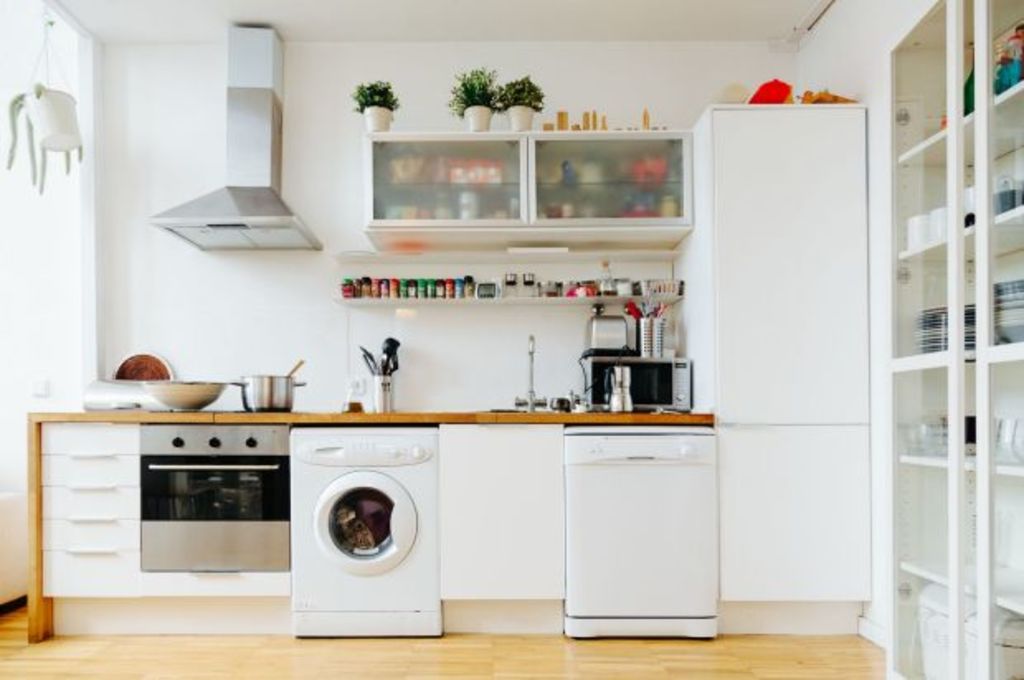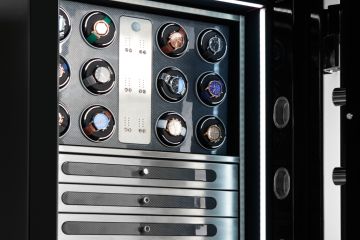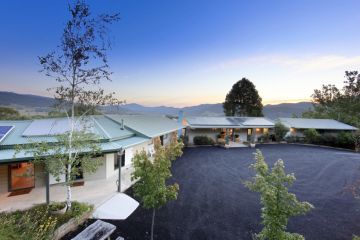The appliances in your home that are costing you the most money

Household appliances make life easier, but when they’re simultaneously draining our bank accounts and the environment, well, that’s not good for anybody.
For those keen to cut back on electricity bills and help out the planet, here’s a guide to the appliances that are costing us the most.
Heaters
The chief executive of the Energy Efficiency Council, Luke Menzel, says that heating and cooling are the most expensive household appliances, accounting for approximately 40 per cent of your energy bill. Australian houses are notoriously cold, which often leads to huge heating bills in winter. But there are ways to warm up without spending big.
Larissa Nicholls, a research fellow at RMIT’s Centre for Urban Research, encourages people to choose heaters wisely.
“Wherever possible use more energy-efficient appliances,” she says. “For example, a reverse cycle (inverter) unit is usually cheaper to run than other types of heating.”
And only run heating in a room when you’re actually in it. Australia’s draughty homes leak heat quickly, so running heating when you’re not there to feel the benefit is wasteful.
Menzel warns against cranking up temperature settings, as you’ll be paying extra for each degree.
- Related: How to heat your home
- Related: How to lower your electricity bill
- Related: Habits that are damaging your home
“You should really be setting your heater in the low 20s. It just means it’s not working too hard to heat up a room.”
At a more fundamental level, insulation, sealing up draughts, double glazed windows and hanging curtains and blinds that retain heat in winter and block it out in summer are all ways to keep the cold out.
Refrigerators
Fridges can be major culprits when it comes to energy use because they’re big and constantly switched on.
Small to medium fridges under 10 years old and with reasonably high energy star-ratings use a smaller amount of energy, but old fridges and freezers are electricity hungry and should be replaced if possible.
“The worst offenders in terms of hogging energy have been taken off the market, but that means if you’ve got a 15-or-20-year-old fridge, then it potentially hasn’t been subject to those stringent requirements,” says Menzel.
If you keep a fridge running in the garage or shed, assess whether you need it at all, especially in the cooler months.
“Also, go for a model without an ice dispenser (or turn it off) and avoid very large fridges if you want to save energy,” adds Nicholls.
Clothes dryers
As the home of the Hills Hoist, Australia is no stranger to drying clothes the old-fashioned way, but with winter comes the temptation to throw laundry in a clothes dryer.
“Clothes dryers do hog energy,” Nicholls says. “They really should be a last resort.”
Let washing air dry whenever possible. Nicholls recommends investing in some space efficient indoor drying racks that can be mounted from ceilings or walls, and says landlords need to get in on the act as well.
“Landlords and apartment body corporates can help by providing clothes lines and allowing rack drying in public spaces and balconies. Sometimes it takes putting energy saving ahead of some aesthetic concerns to help manage energy bills.”
Television and other electronics
TVs are responsible for 19 per cent of an Australian household’s appliance energy use and if it’s running for most of the day, it’s going to be costing extra.
Moreover, having the television and other electronic devices such as DVD players on standby mode – where the monitor is switched off but they’re still running – can drive up a household’s “standby power” use.
On average, standby power accounts for about 10 per cent of a home’s appliances energy use, and it can add up if numerous appliances around the house are left switched on when not in use.
“It’s good to be diligent about that,” says Menzel.
Energy saving tips
Investing in energy-efficient appliances, especially for big-ticket items such as dishwashers and washing machines, is a great way to reduce energy costs.
“For many homes, and particularly renters, appliances are the easiest thing to change,” says Menzel. “And people don’t need to do it all at once – they can choose the ultimate one that’s a real energy hog.”
Energy star ratings are an easy guide to how efficient an appliance is, and though five-star appliances might cost more in the short term they save money in the long run.
“A good rule of thumb is that for every extra star, you’re saving 20 to 30 per cent on the running costs,” says Menzel.
We recommend
States
Capital Cities
Capital Cities - Rentals
Popular Areas
Allhomes
More







